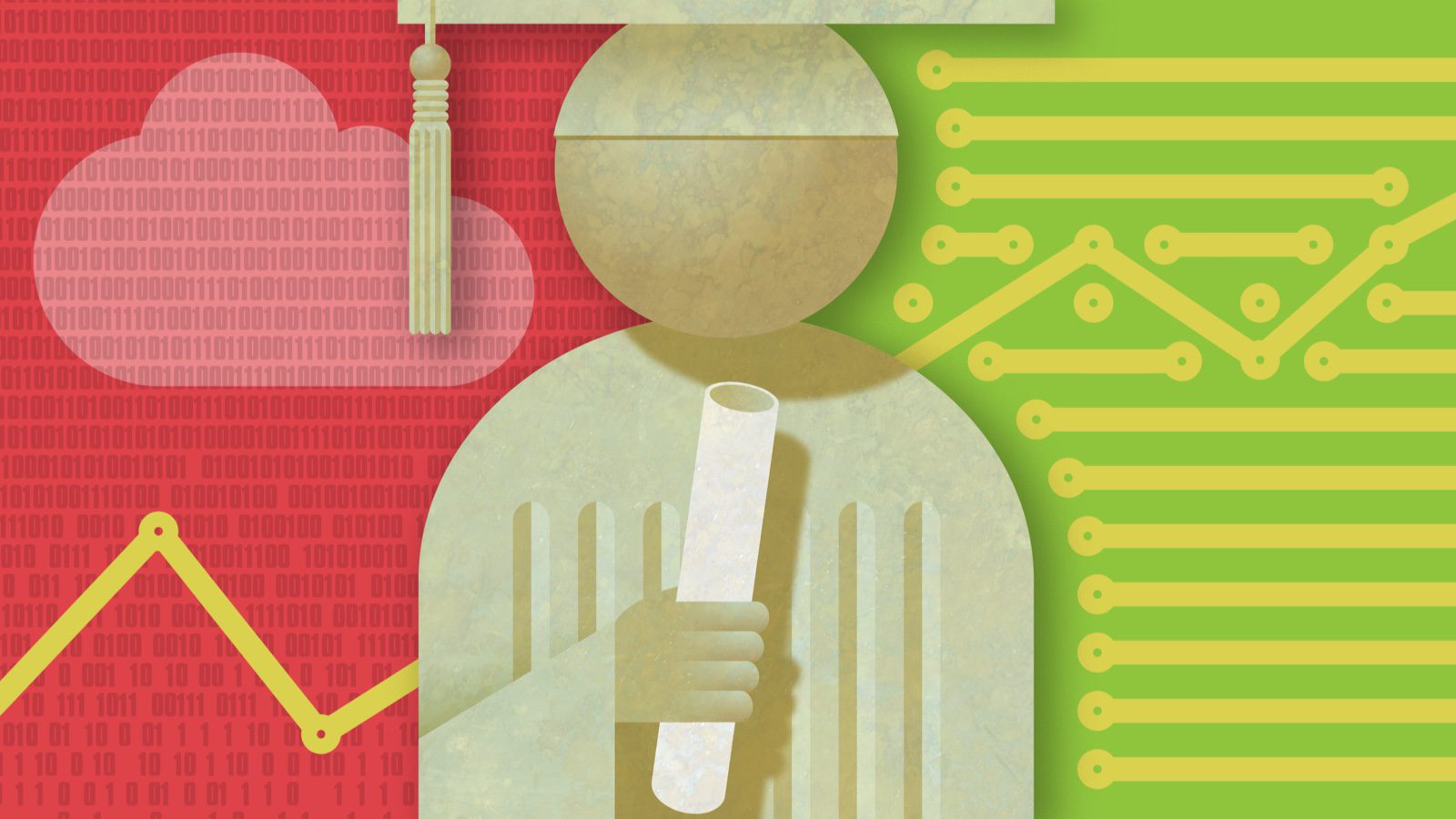Technology is transforming the educational landscape, making learning more accessible, personalized, and engaging for students. Online learning platforms offer convenience and flexibility, while personalized learning experiences cater to individual needs and learning styles. Digital textbooks and resources offer interactive features, eliminating the need for heavy backpacks and allowing for easy updates and revisions. Gamification incentivizes learning and increases student engagement, while virtual and augmented reality technologies provide immersive learning experiences. Artificial intelligence automates administrative tasks and creates intelligent tutoring systems, while collaboration tools promote communication and teamwork skills. Mobile learning delivers education on-the-go, and distance learning has become a critical component during the COVID-19 pandemic. Finally, data analytics tracks student performance and evaluates instructional methods, leading to personalized learning plans and targeted interventions. As technology continues to evolve, further transformations can be expected in education.
1. Online learning platforms
Recent advancements in technology have allowed for online learning platforms to become more accessible and user-friendly. Online courses offer convenience and flexibility to students who can access the material at any time and from any location with internet access.
2. Personalized learning
Technology has enabled educators to create personalized learning experiences for their students by tailoring curriculum to individual needs and learning styles. This includes the use of adaptive learning software that can adjust the difficulty and pace of lessons in real-time.
3. Digital textbooks and resources
Digital textbooks and resources have replaced traditional print materials in many classrooms. These materials offer interactive features such as video, audio, and virtual simulations. They also eliminate the need for heavy backpacks and allow for easy updates and revisions.
4. Gamification
Gamification refers to the use of game design principles in non-game contexts, such as education. Many educational programs and apps use elements of gamification, such as badges, points, and leaderboards, to incentivize learning and increase student engagement.
5. Virtual and augmented reality
Virtual and augmented reality technologies have opened up new possibilities for immersive learning experiences. Students can explore historical sites or travel to far-off locations without ever leaving the classroom. These technologies also allow for hands-on learning in a virtual environment.
6. Artificial intelligence
Artificial intelligence is being used in education to automate administrative tasks, such as grading and record-keeping. It is also being used to create intelligent tutoring systems that provide personalized feedback to students. Additionally, AI can analyze data to identify areas where students may need additional support or modifications to their learning plan.
7. Collaboration tools
Collaboration tools, such as Google Docs and Slack, have become increasingly popular in education. These tools allow for real-time collaboration between students and teachers, regardless of their physical location. They also promote communication and teamwork skills that are essential in the modern workforce.
8. Mobile learning
With the widespread use of smartphones and tablets, mobile learning has become a popular way to deliver education. Mobile learning allows students to access materials on-the-go and can be especially useful for those who may not have access to a traditional classroom setting.
9. Distance learning
Distance learning, also known as remote learning, has become a critical component of education during the COVID-19 pandemic. This type of learning allows students to participate in class remotely while maintaining social distancing guidelines. Distance learning has enabled education to continue during times of crisis and may become a more permanent feature of education in the future.
10. Data analytics
Data analytics is being used in education to track student performance and identify areas where improvement is needed. This information can be used to personalize learning plans and provide targeted interventions to students who may be struggling. Additionally, data analytics can be used to evaluate the effectiveness of instructional methods and make improvements.
In conclusion, technology has brought about significant changes to education that have improved accessibility, personalized learning, and enhanced student engagement. As technology continues to evolve, further advancements can be expected that will continue to transform the landscape of education.
